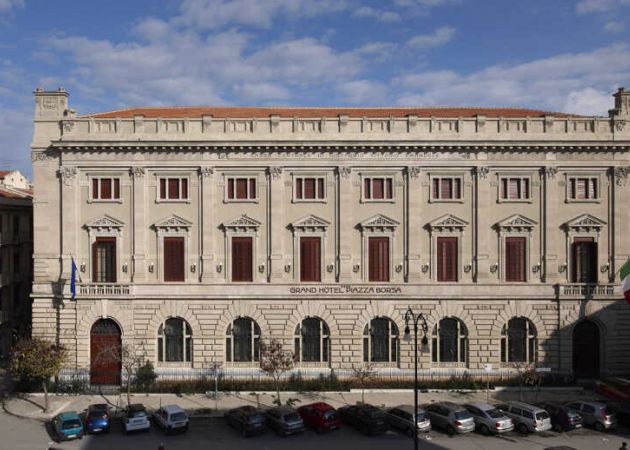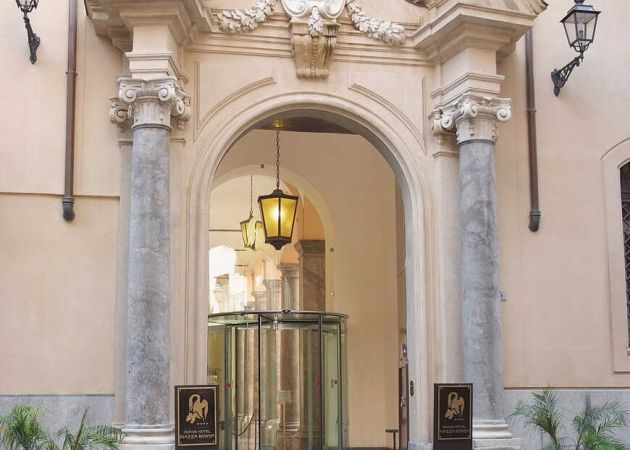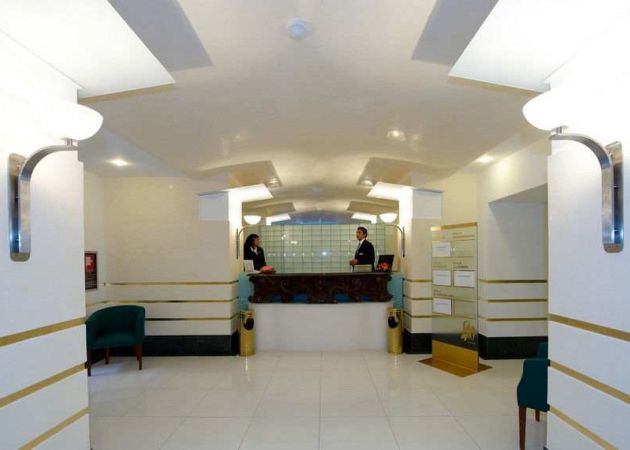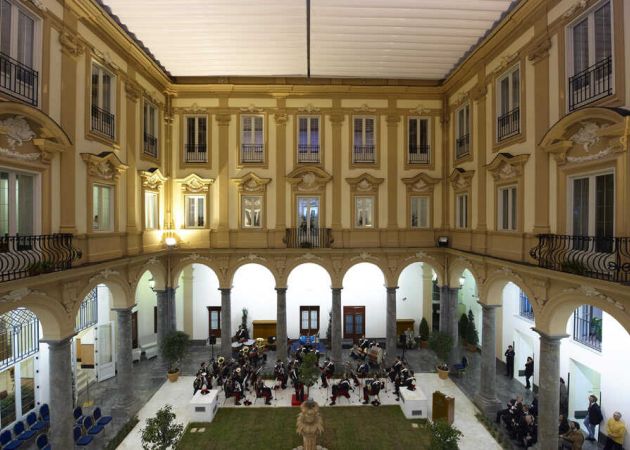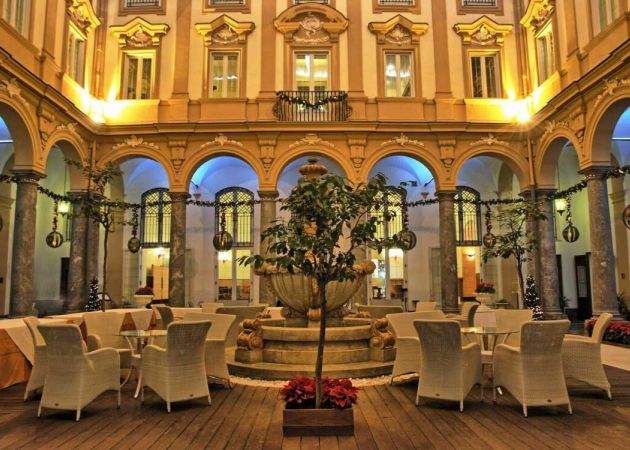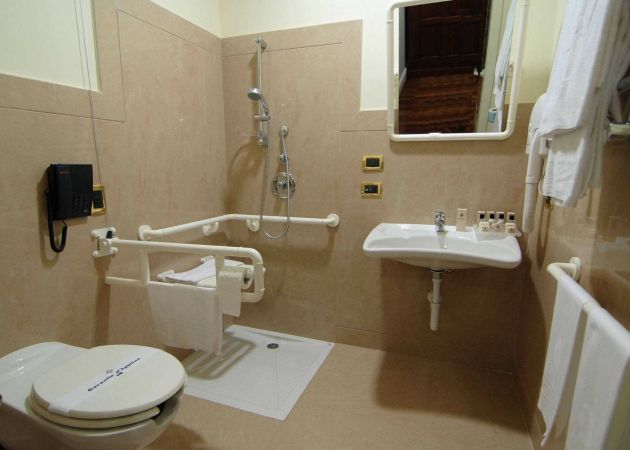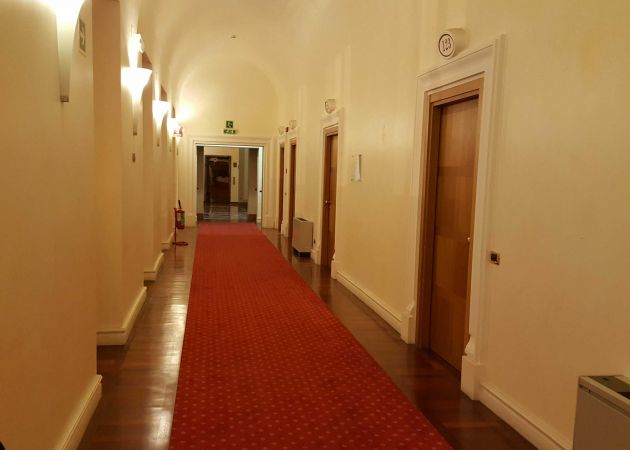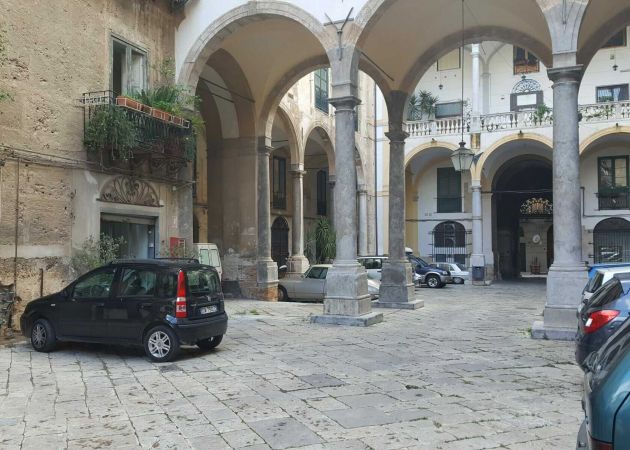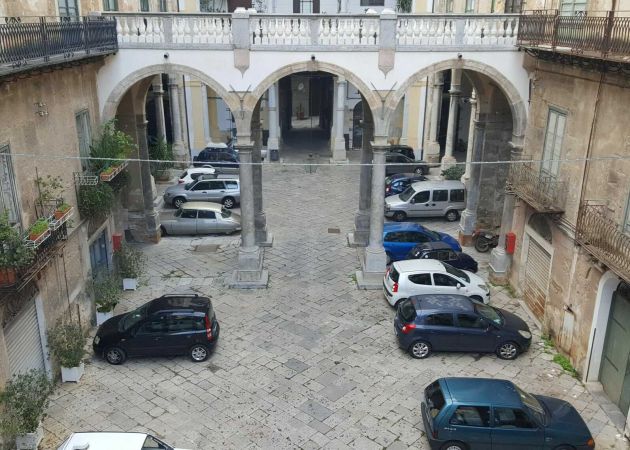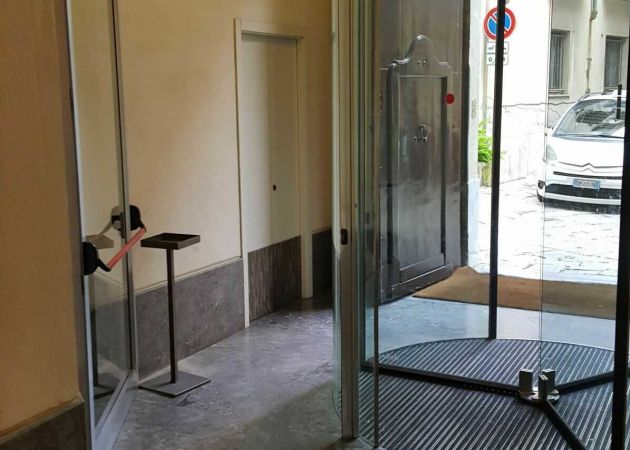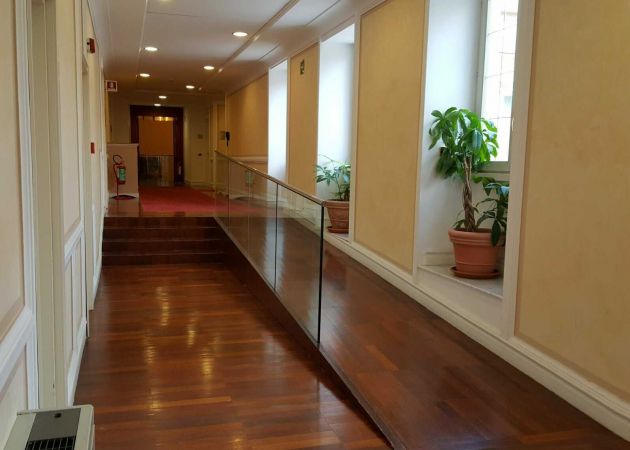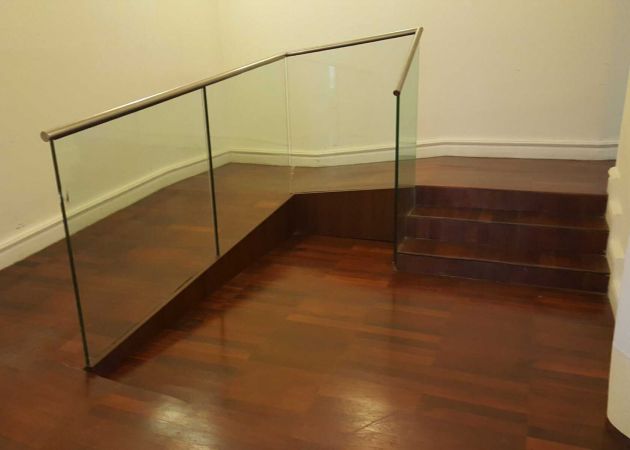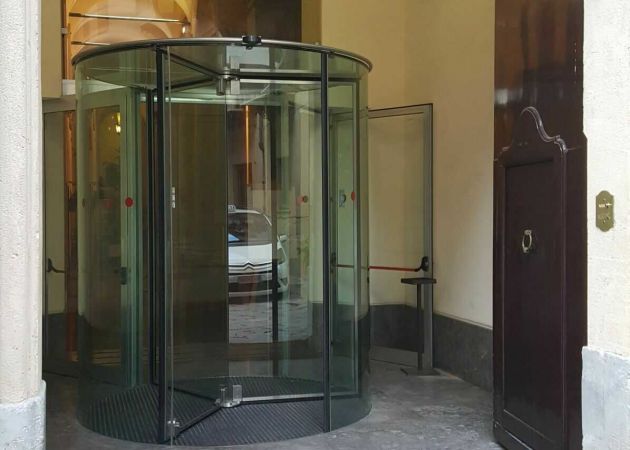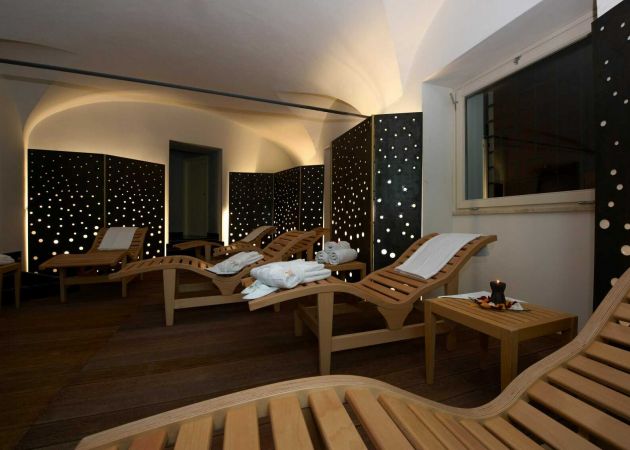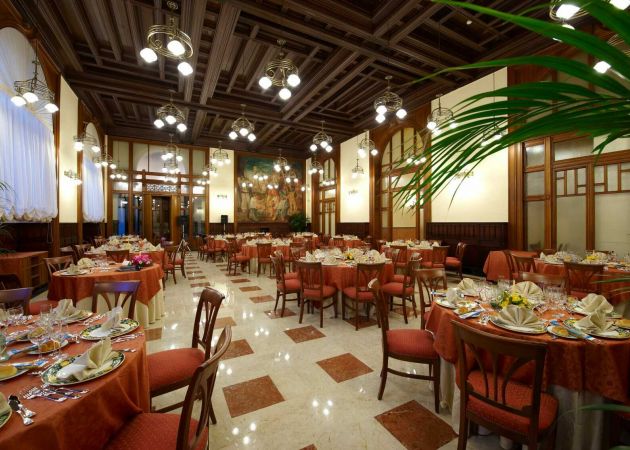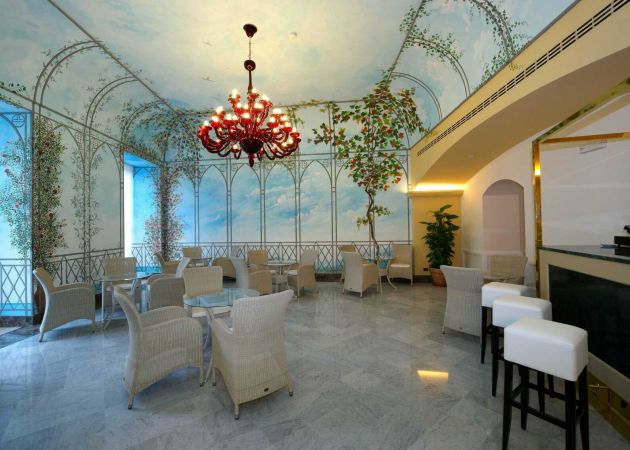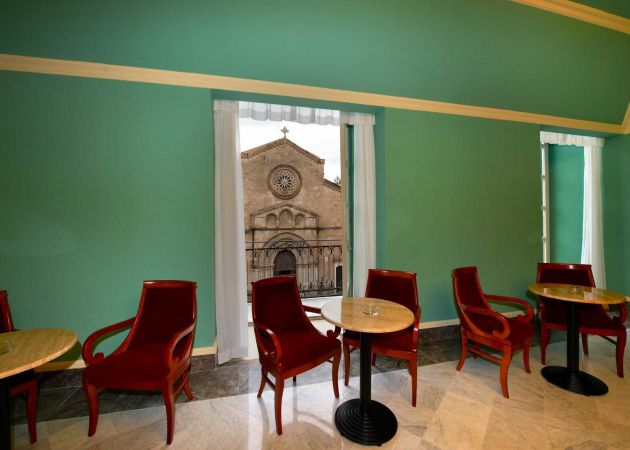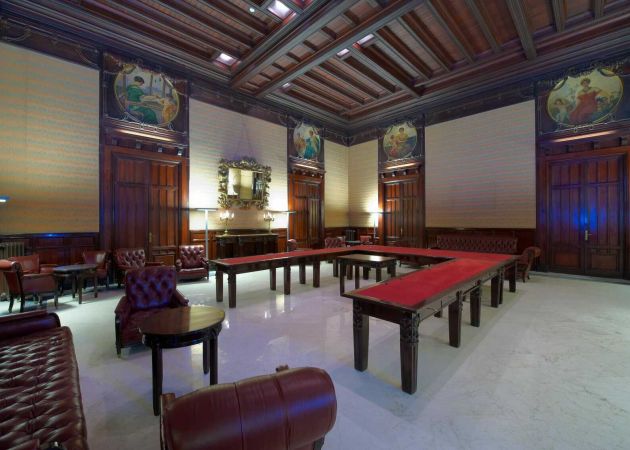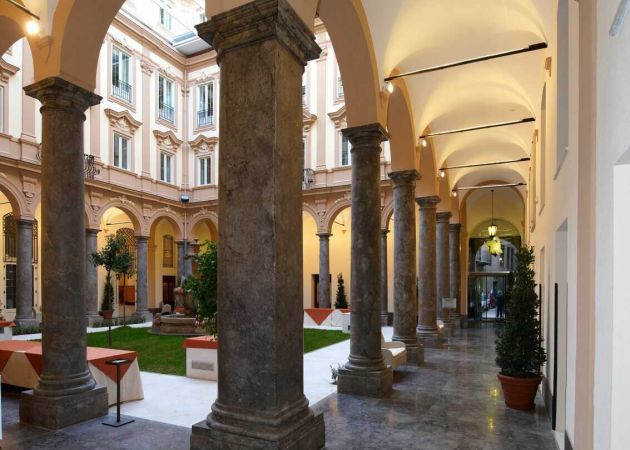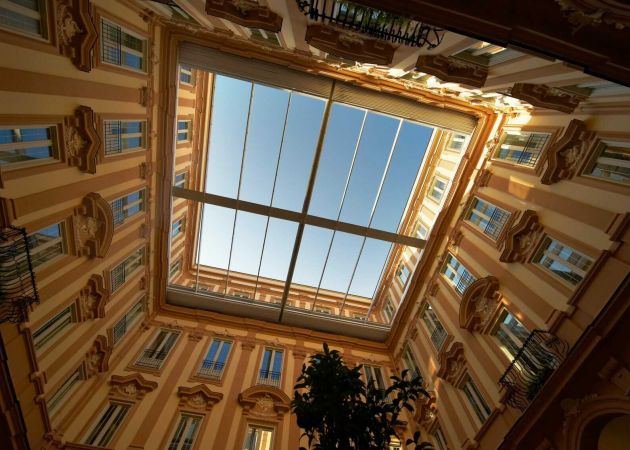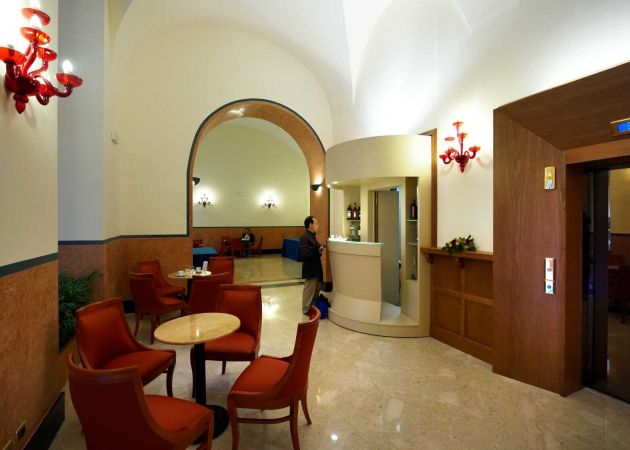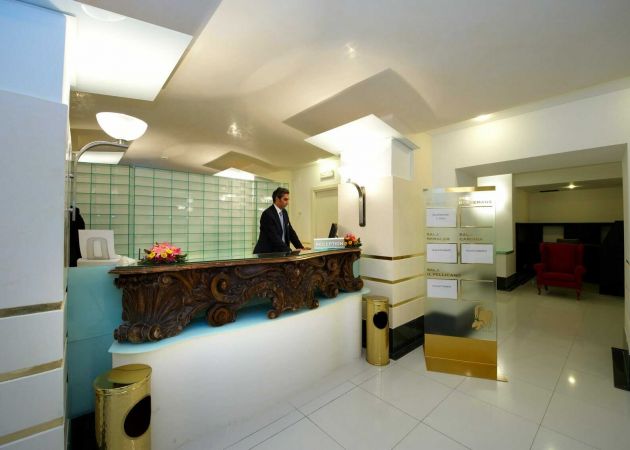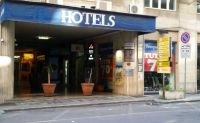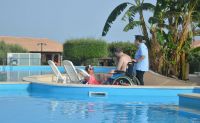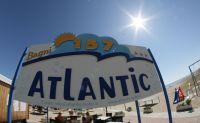Staying in Palermo
At the start of 2005, a major project began to take form. The idea was to merge three adjacent buildings in the historical centre of Palermo into one large hotel structure.
The central part of the structure used to be the convent and the large church of Mercedarian Fathers, a monastic order that enjoyed great fame and prestige in Palermo at the end of the 16th century. In that period, the European powers made Palermo into a Pearl Harbour of Christianity united in the war against the Turks.
In this context, the Mercedarian Fathers oversaw exchanges of prisoners between the opposing sides, at no small risk to themselves. After Lepanto (1571), there was a general sigh of relief: the enormous financial resources that had poured into the town were for the most part redirected to colossal projects of urban renewal. It was at this time that the monks left their modest abode near the harbour, to acquire the site, which is now the Grand Hotel Piazza Borsa. Both the cloister, characterised by daringly high porticos, and the old convent door have remained practically unchanged. Above the latter is the effigy that the Mercedarians chose as symbol of their mission: a Pelican feeding its baby, an image that still evokes memories of the Christian spiritual tradition. Finally, the monumental staircase, although partially restored over the course of the centuries, still boasts in most of its steps the now unobtainable red marble from the nearby Piana degli Albanesi.
The central part of the structure used to be the convent and the large church of Mercedarian Fathers, a monastic order that enjoyed great fame and prestige in Palermo at the end of the 16th century. In that period, the European powers made Palermo into a Pearl Harbour of Christianity united in the war against the Turks.
In this context, the Mercedarian Fathers oversaw exchanges of prisoners between the opposing sides, at no small risk to themselves. After Lepanto (1571), there was a general sigh of relief: the enormous financial resources that had poured into the town were for the most part redirected to colossal projects of urban renewal. It was at this time that the monks left their modest abode near the harbour, to acquire the site, which is now the Grand Hotel Piazza Borsa. Both the cloister, characterised by daringly high porticos, and the old convent door have remained practically unchanged. Above the latter is the effigy that the Mercedarians chose as symbol of their mission: a Pelican feeding its baby, an image that still evokes memories of the Christian spiritual tradition. Finally, the monumental staircase, although partially restored over the course of the centuries, still boasts in most of its steps the now unobtainable red marble from the nearby Piana degli Albanesi.



